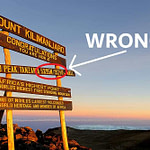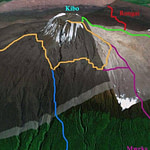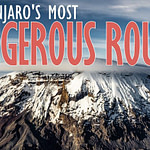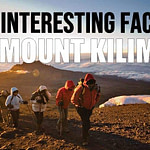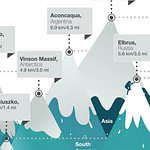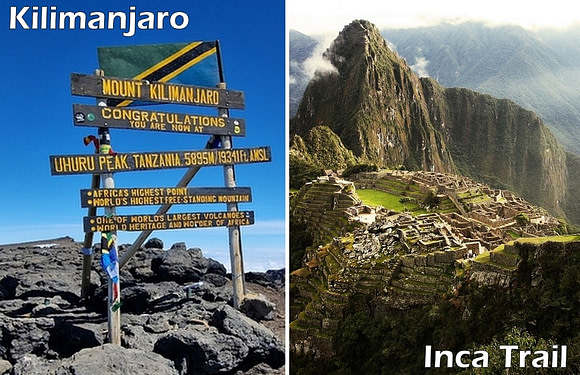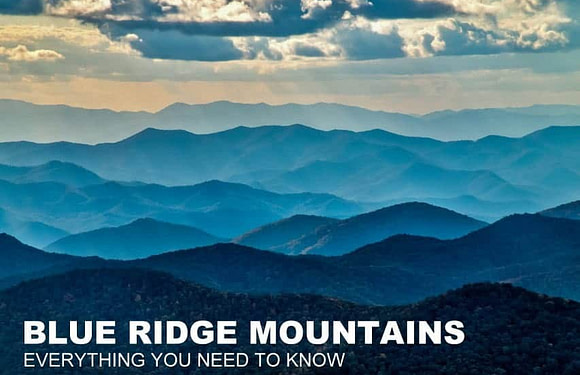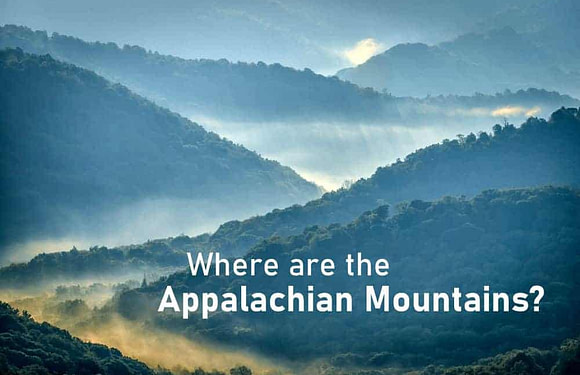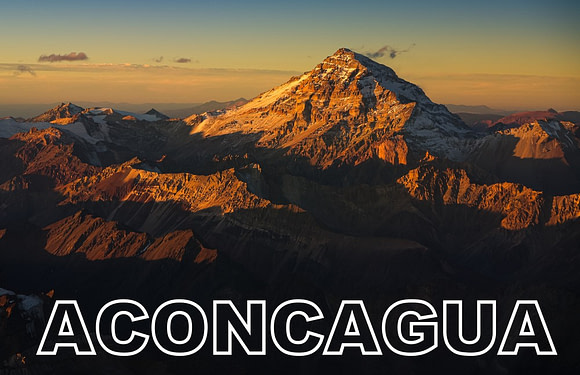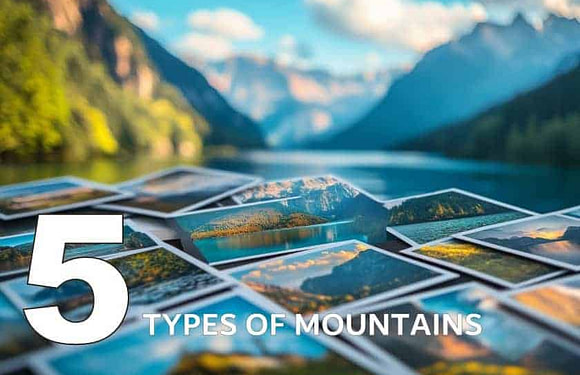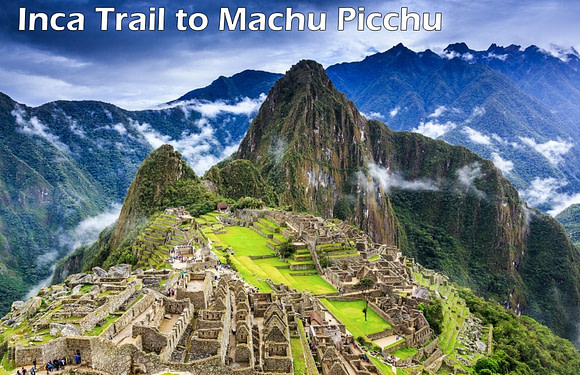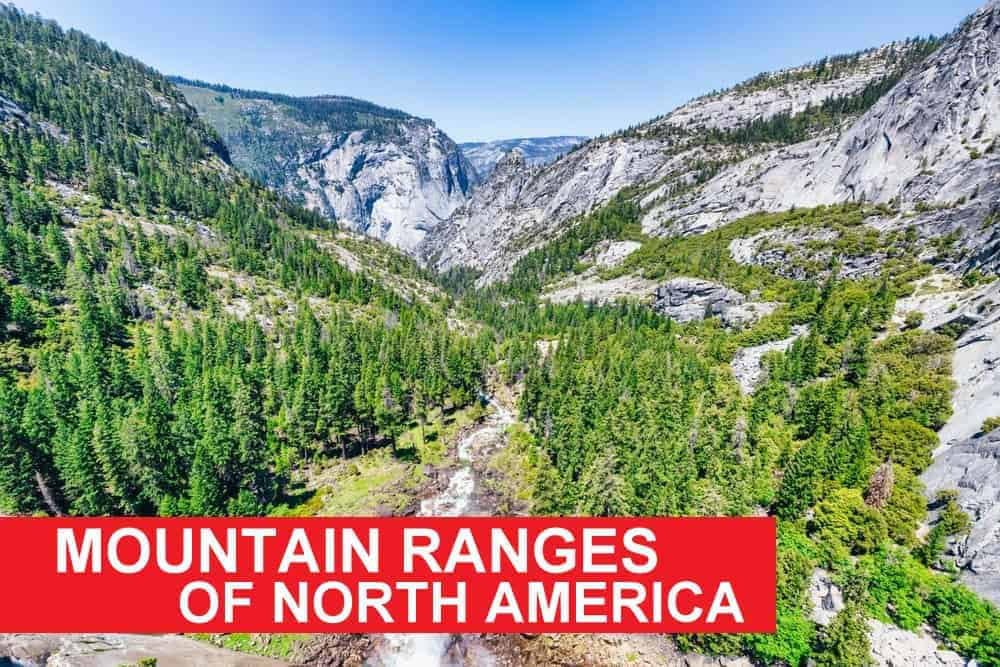
North America has its fair share of sky scraping peaks. From the ice capped summits of the Alaskan wilderness to the picturesque landscapes of Canada’s mountain ranges, these mountains are geological wonders that beg to be seen.
The primary cause of the formation of North American mountain ranges lies in the movement and collision of tectonic plates. The continent’s mountain ranges were formed through a complex geological history.
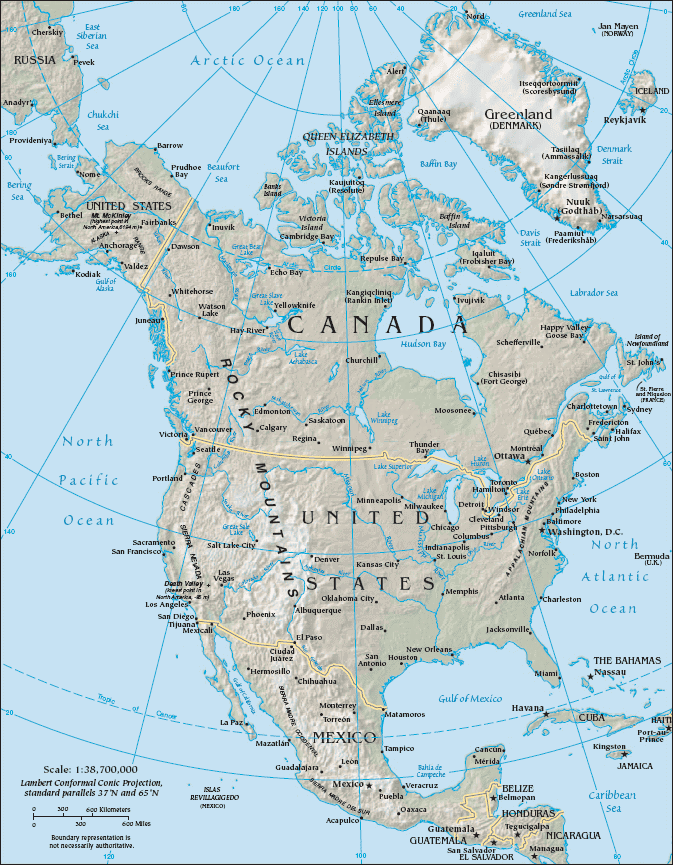
Let’s explore the major mountain ranges of North America.
Rocky Mountains
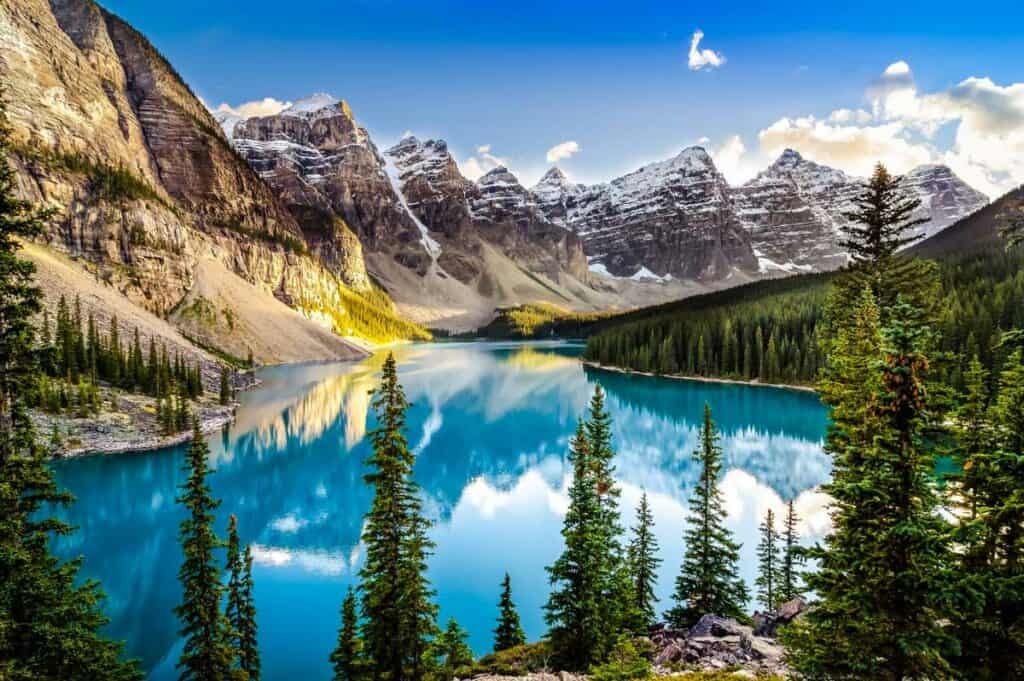
Spanning over 3,000 miles from British Columbia in Canada to New Mexico in the United States, the Rockies stand as a monumental range filled with remarkable peaks, including the highest, Mount Elbert, soaring to 14,440 feet. With numerous peaks exceeding 14,000 feet, the Rockies offer a myriad of outdoor activities, including hiking, skiing, and wildlife viewing.
Sierra Nevada
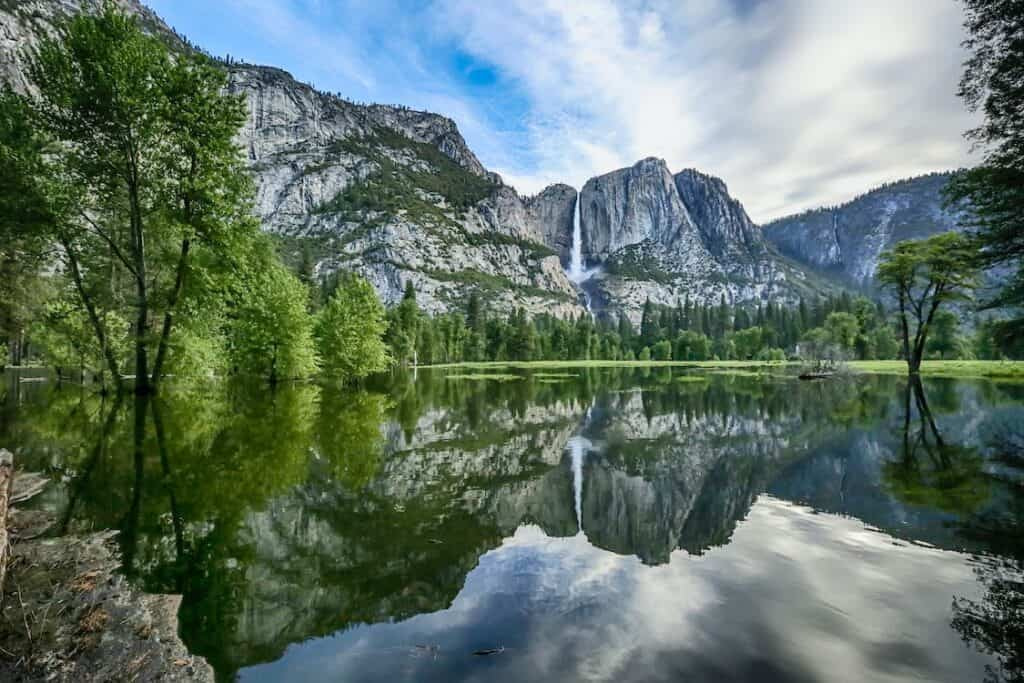
Stretching along the eastern edge of California, the Sierra Nevada is renowned for its striking granite peaks. The anme translates to “Snowy Range” in Spanish. The highest peak in the contiguous United States, Mount Whitney, whose elevation is 14,505 feet, is located here. This range also houses the world-famous Yosemite National Park.
Cascade Range

Extending from British Columbia, Canada, to California, the Cascades feature several volcanic peaks, including Mount Rainier (14,411 feet) and Mount Hood (11,240 feet). Renowned for its scenic beauty and volcanic terrain, this range offers a variety of outdoor recreational opportunities.
Alaska Range
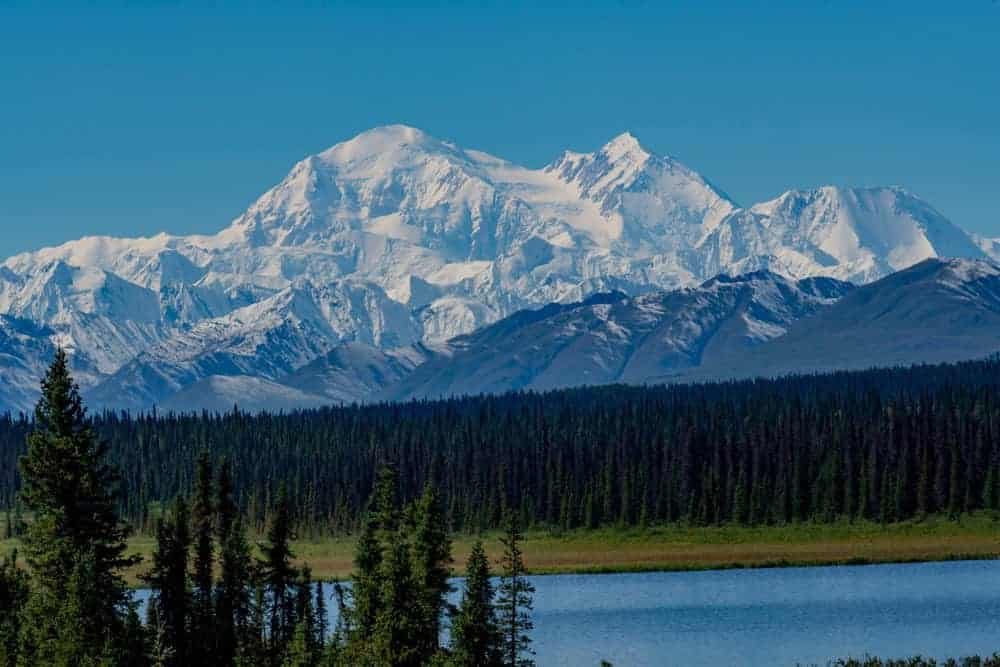
The Alaska Range stretches 650 miles from the Aleutian Peninsula to the Yukon Territory. Its tallest peak is Denali at 20,310 feet (6,190 meters), which is also the highest point on the North American continent. Formed primarily by tectonic activity, these mountains are characterized by dramatic elevations and rugged terrain. The range is known for its glacier systems, including the Kahiltna Glacier, the longest in the Alaska Range.
Coast Mountains
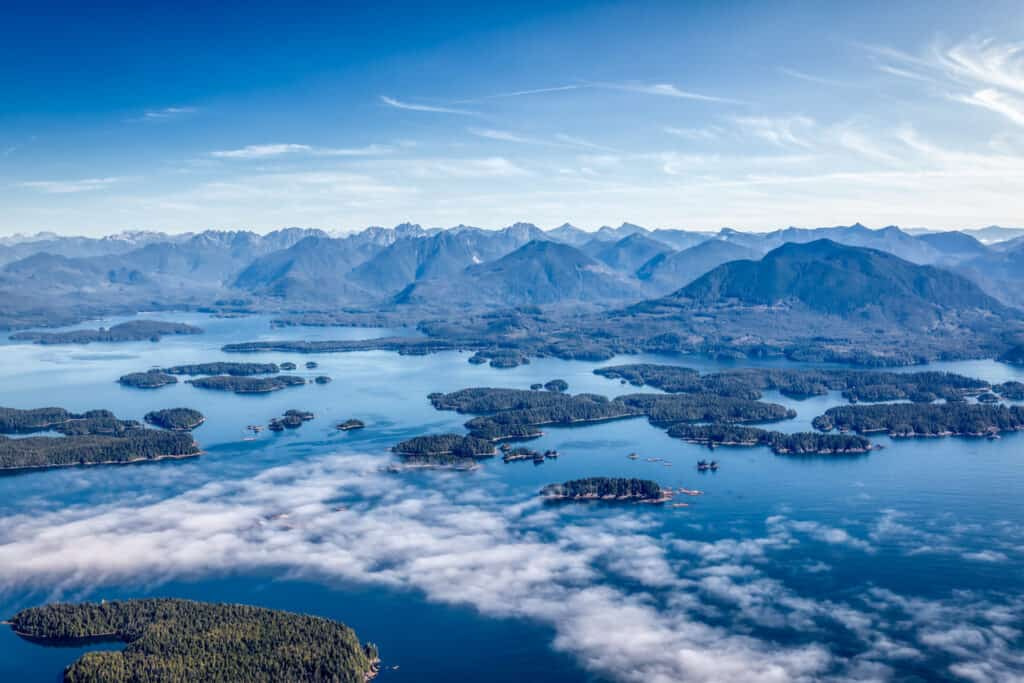
Hugging the Pacific Coast from Alaska to British Columbia, the Coast Mountains showcase glaciers, fjords, and stunning coastal vistas. Mount Logan, Canada’s highest peak towering at 19,551 feet, is a remarkable feature of this range, contributing to its rugged charm and remote allure.
Appalachian Mountains
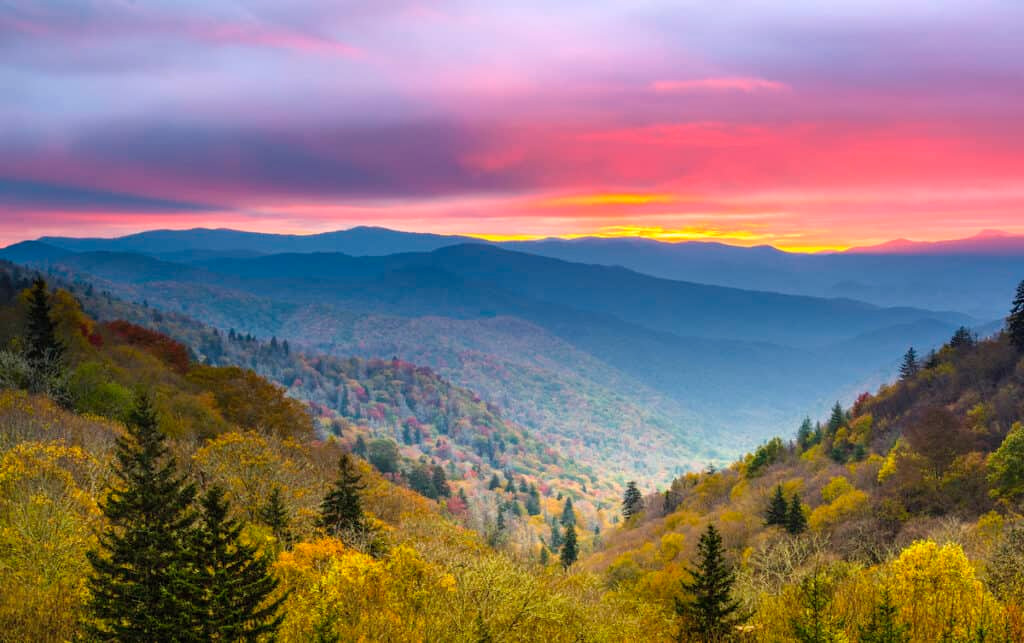
Spanning the eastern region of North America, the Appalachian range spans approximately 1,500 miles from Canada’s Newfoundland to Alabama in the U.S. While not towering in height compared to some Western ranges, its diverse landscape is steeped in biodiversity. Mount Mitchell (6,684 feet) in North Carolina is the highest peak in this range, while the Appalachian Trail offers a historic and iconic long-distance hike, attracting adventurers worldwide.
Adirondack Mountains
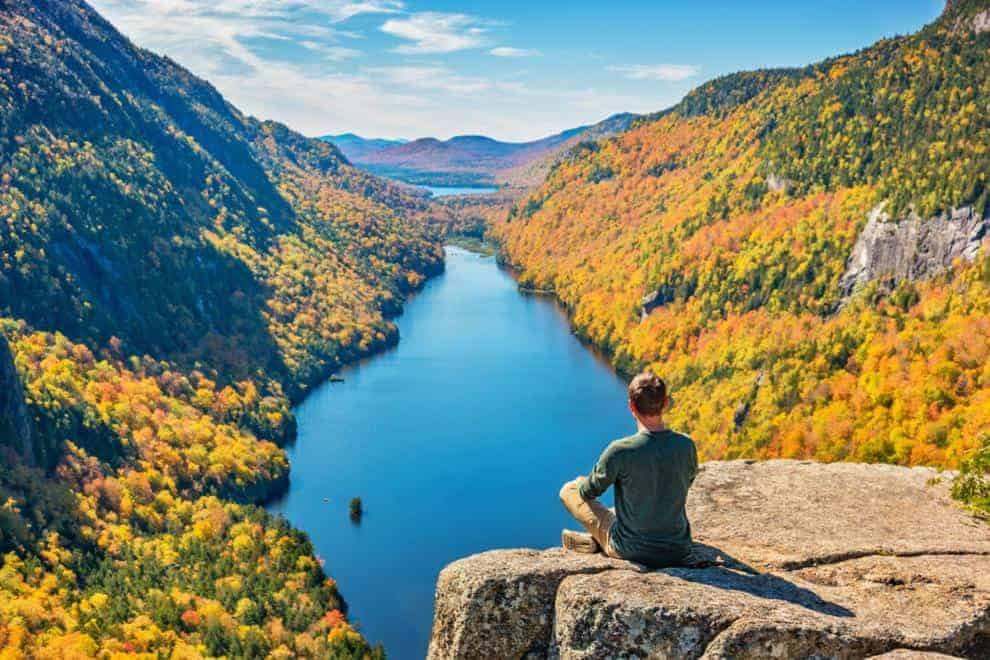
Located in upstate New York, the Adirondacks feature over 40 peaks surpassing 4,000 feet in elevation. Mount Marcy, the highest point in New York state, stands at 5,344 feet. The region’s tranquil lakes and dense forests make it a haven for nature enthusiasts.
Chugach Mountains
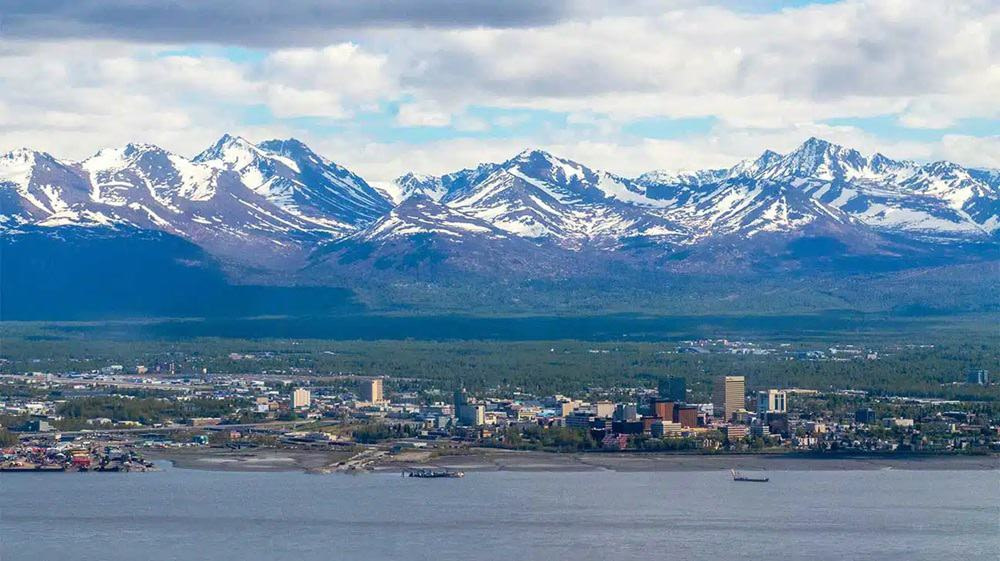
Gracing Alaska’s southern coast, the Chugach Mountains display dramatic fjords and rugged terrain. Mount Marcus Baker, the highest peak in the Chugach Range, reaches 13,176 feet. This region encompasses Chugach State Park, offering diverse outdoor activities and stunning landscapes.
Brooks Range

Situated in Alaska’s northern wilderness, the Brooks Range remains a vast and remote expanse, virtually untouched. Its highest peak, Mount Isto, stands at 9,060 feet, and this range provides a pristine wilderness experience with unparalleled beauty.
Sierra Madre Occidental
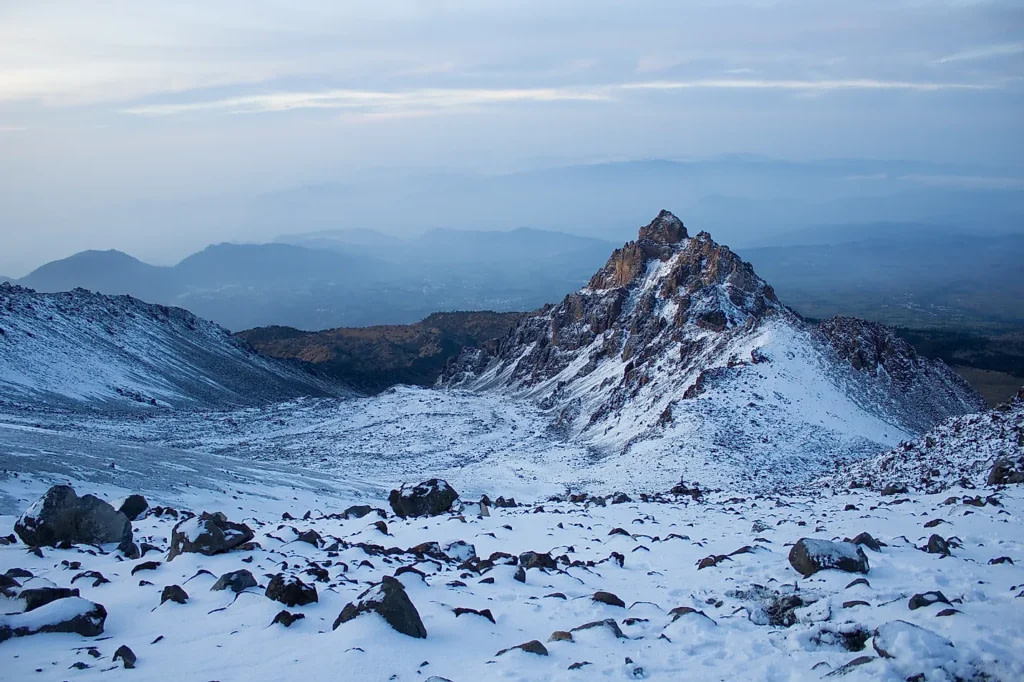
Extending from the U.S.-Mexico border down through western Mexico, the Sierra Madre Occidental encompasses vast expanses of rugged terrain and impressive peaks. Mexico’s highest point, Pico de Orizaba, stands tall at 18,491 feet, making it the third highest peak in North America (and yes, Mexico and Central America are considered to be part of North America).
Sierra Madre Oriental
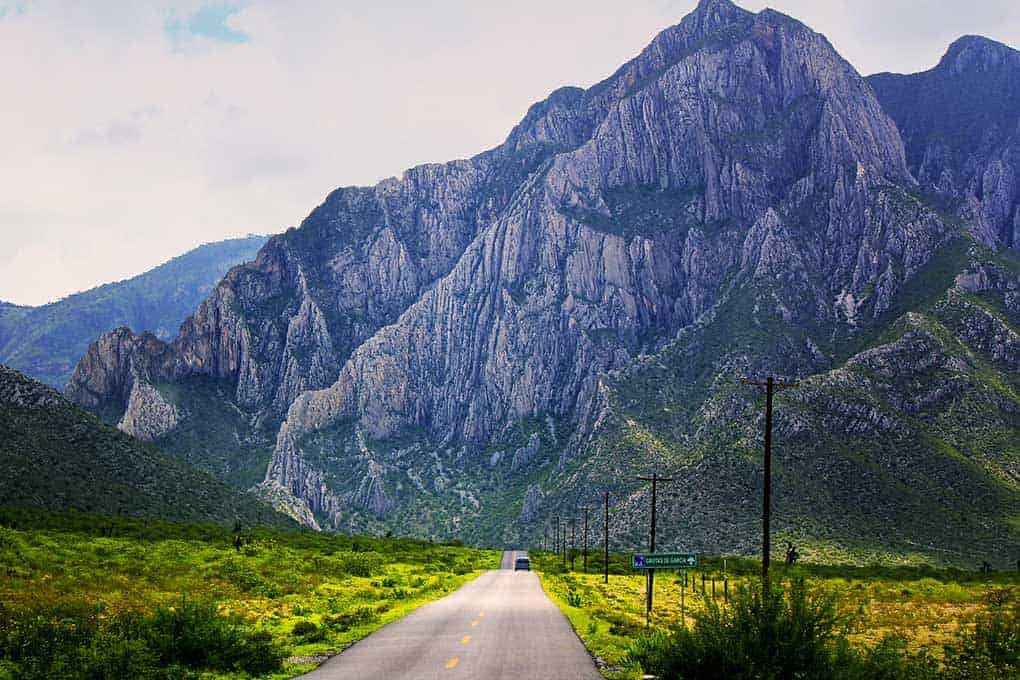
Running parallel to the Gulf of Mexico, the Sierra Madre Oriental stretches from northern Mexico into the southeast . While not as towering as its western counterpart, it is characterized by deep canyons, forested slopes, and diverse wildlife. Pico de Venado (14,015 feet) ranks among its notable peaks.
Trans-Mexican Volcanic Belt
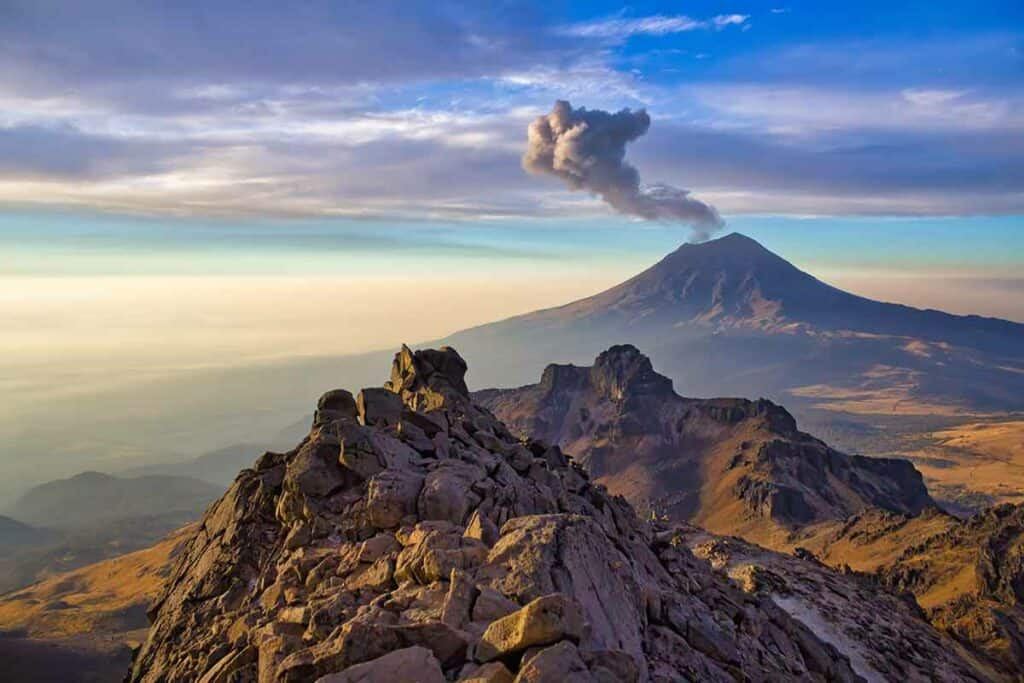
Stretching across central Mexico, this volcanic range includes several prominent peaks and volcanic systems. Popocatépetl, the second highest peak in Mexico at 17,802 feet, and Iztaccihuatl, are among the most famous volcanoes in this range. These peaks are not only significant geologically but also hold cultural importance in Mexican folklore.







